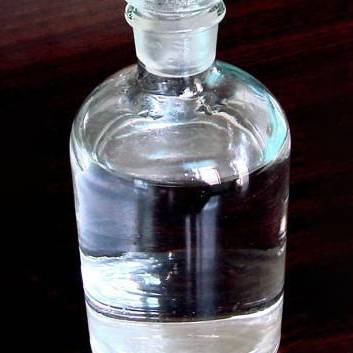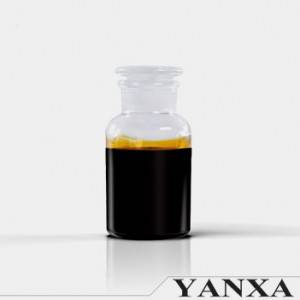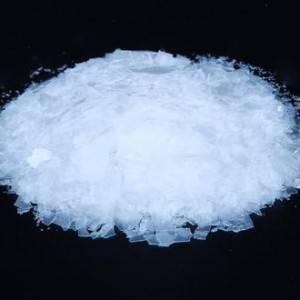
Products
DDI (Dimeryl Diisocyanate)
DDI (Dimeryl Diisocyanate)
| Product: | Dimeryl diisocyanate(DDI 1410) | CAS No.: | 68239-06-5 |
| Molecular formula: | C36H66N2O2 | EINECS: | 269-419-6 |
Handling and Storage Precautions: KEEP CONTAINER TIGHTLY CLOSED WHEN NOTIN USE. STORE IN DRY LOCATION.
Dimeryl diisocyanate (DDI) is a unique aliphatic (dimer fatty acid diisocyanate) diisocyanate that can be used with compounds containing active hydrogen to prepare low molecular weight derivatives or special polymers.
DDI is a long chain compound with a main chain of dimeric fatty acids with 36 carbon atoms. This backbone structure gives DDI superior flexibility, water resistance and low toxicity over other aliphatic isocyanates.
DDI is a low viscosity liquid that is easily soluble in most polar or nonpolar solvents.
|
TEST ITEM |
SPECIFICAITON |
|
Isocyanate content, % |
13.5~15.0 |
|
hydrolyzed chlorine, % |
≤0.05 |
|
Moisture, % |
≤0.02 |
|
Viscosity, mPas, 20℃ |
≤150 |
Notes
1) all the technical data indicated above are for your reference.
2) alternative specification is welcome for further discussion.
DDI can be used in solid rocket propellant, fabric finishing, paper, leather and fabric repellent, wood preservative treatment, electrical potting and preparation of special properties of polyurethane (urea) elastomers, adhesive and sealant, etc.
DDI has properties of low toxicity, no yellowing, dissolve in most organic solvents, low water sensitive and low viscosity.
In Fabric industry, DDI shows an excellent application prospect in the water-repellent and softening properties to fabrics. It is less sensitive to water than aromatic isocyanates and can be used to prepare stable aqueous emulsions. DDI can improve the effect of water-repellent and oil-repellent for fluorinated fabrics. When used in combination, DDI can significantly improve the water-repellent and oil-repellent properties of fabrics.
DDI, prepared from dimer fatty acids, is a typical green, bio-renewable isocyanate variety. Compared with universal isocyanate TDI, MDI, HDI and IPDI, DDI is non-toxic and non-stimulating.
Handling: Avoid contact with water. Ensure good ventilation at the workplace.
Storage: Store in tightly closed containers, cool and dry.
Transportation information: not regulated as a hazardous material.






